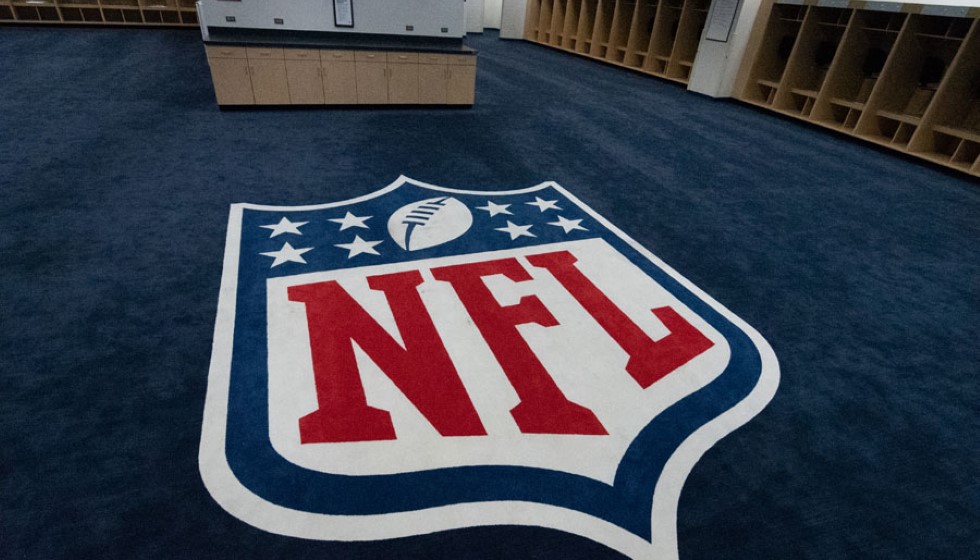
The National Football League (NFL), with its 32 teams and roster boasting over 2200 players, stands as a beacon of professional sports in America. Integral to the league's ecosystem is its annual draft, a critical event for talent acquisition and team building. The NFL Draft, unfolding over three days each April, sees approximately 250 collegiate players make the leap into the professional ranks. But the draft is just the beginning. Beyond the celebrated selections, undrafted players sign on with teams, often making significant impacts and underlining the depth of talent at play.
The Draft Process
Spanning seven rounds, the draft allocates one pick per round to each team, inversely related to their performance in the previous season. This system serves a dual purpose: it replenishes teams in need with fresh talent and maintains the league's competitive balance. The strategy behind each pick goes beyond mere skill assessment. Teams meticulously evaluate how a player's particular talents, demeanor, and work ethic align with their organizational philosophy and locker room culture.
A Case Study in Success: Tom Brady
A noteworthy example of the draft's unpredictability and potential for late-round value is Tom Brady. Selected 199th overall in the 2000 NFL Draft, Brady's ascent to becoming one of the league's all-time greatest quarterbacks is a testament to the notion that success can emerge from any round. His story underscores the importance of scouting, patience, and development in a player's transition from college to the professional stage.
Trading and Strategy
The draft is laced with strategy, extending beyond the selection process. Teams frequently engage in trades, exchanging draft picks amongst themselves to strategically position for desired outcomes. These maneuvers add a layer of complexity and intrigue to the event, as teams balance current needs with future considerations. The ability to navigate this aspect of the draft often separates the perennial contenders from the rest of the pack.
Maintaining Competitive Balance
A core aspect of the NFL Draft's design is its contribution to the league's competitive parity. By granting higher picks to teams with weaker records, the draft fosters a cycle of regeneration and hope. This model ensures that all teams, regardless of their previous season's performance, have an opportunity to improve and contend. Success stories from every round of the draft reinforce this ethos of opportunity and potential.
Undrafted Gems
The Importance of Undrafted Players
While the spotlight shines brightest on those selected in the draft, the journey doesn't end there. Undrafted players, though overlooked in the draft's seven rounds, often find homes on NFL rosters, contributing significantly across the league. Their stories are a compelling narrative of perseverance, showcasing that talent evaluation is an inexact science and diamonds in the rough can emerge to shine on the sport's biggest stage.
Conclusion
The NFL Draft remains a cornerstone of the league's ecosystem, a dynamic blend of strategy, opportunity, and drama. It serves as the primary mechanism for teams to rejuvenate their rosters, inject new talent, and strategize for future success. The stories of draft picks, both high and low, as well as undrafted signees, illustrate the diverse paths to success in the NFL. This system of player acquisition not only fuels the competitive fire of the league but also keeps the dream alive for countless athletes aspiring to make their mark in the annals of professional football.